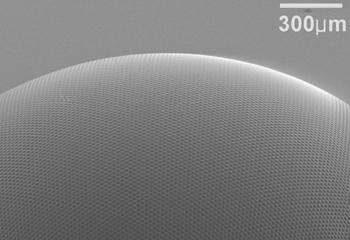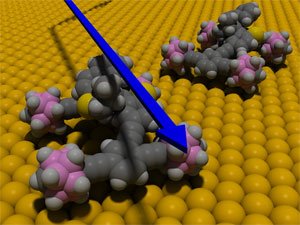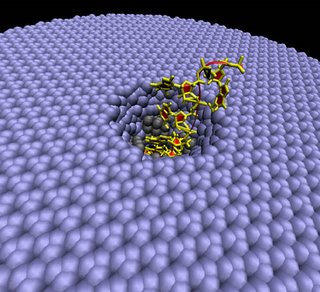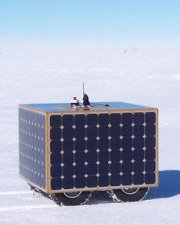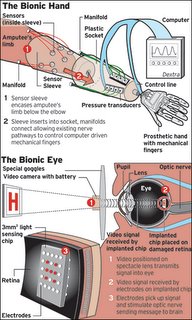Nanonutrient's Promise: Vast Increases In Human Health
Newswise — The emerging discipline of nanotechnology holds the promise of improving functional foods and the capability of delivering healthful food compounds to the body where it can utilize them best. This is according to the latest issue of Food Technology magazine.
Remarkable achievements in nanotechnology—the science, engineering and technology of controlling matter one-billionth a meter in size—show great potential for positively influencing human health, the article states. By enhancing solubility, improving bioavailability, and facilitating the controlled release and protecting the stability of micronutrients in food products, nanotechnology could be a successful method to design smart food systems able to target specific systems within the body and their functions.
...
The article notes that nanoparticles are excellent for rapidly delivering high concentrations of healthy, active ingredients directly to cell membranes. On the other hand, the article highlights that nanoscale adhesive properties may be used to bind to harmful matter and remove potentially harmful compounds from the digestive tract.
Another interesting article (and videoclip) on nanofood can be found on
ScienCentral.
Everyday foods may soon be able to carry medicines and supplements, or even take on your favorite color. As this ScienCentral News video explains, physicists are using nanotechnology to create tiny edible capsules that release their contents on demand.
...
Nanotechnologists are working on adding ingredients that could one day "program" the contents of your cupboard, at a moment's notice, filling your pantry with, "Functional foods… to enhance its health value, its taste, its smell, its general quality," explains Harvard University David Weitz. Using the same technique they might even make taking your medicines as easy eating a candy bar.
But, many Americans associate the phrase "artificial ingredients" with unhealthy eating habits, so Weitz's work might turn that notion upside down. "If you drink a milkshake, you look at it and worry that you're going to gain weight because it tastes so good. You might imagine something that would limit the ability of the body to absorb all the fat, or add a nutrient or enzyme that would improve the benefits of the milkshake so you wouldn't worry about the weight you are about to gain by drinking the tasty milkshake," he says.
I personally am looking forward to this. Even though I eat and exercise healthy, I have suffered from minor health problems in the past and still do now. It's nothing that has ever gotten in the way of living life to the fullest, but I'd still like to get rid of them anyway. Just so I could feel healthier than I do now.
It is my experience that eating healthy and exercising solves a lot, but not everything. In order to cure some things, you need supplements and medication. Simply because a standard healthy diet of fruit and veggies doesn't cut it.
Nano-engineered food that has extra supplements, medications or other particles that counter the negative effects and enhance the positive effects of what you eat, would be very welcome in my life. And I'm guessing that goes for a lot of other people as well, even though they don't realize it themselves.
Also, I hate the taste of vegetables. I stuff them down my face 6 days a week, because I know my body needs them. Nevertheless, I regard vegetables as rabbit food. And that's the last thing I want to come home to after an 8 hour day of work.
My life would sure be a lot easier if vegetables could be nano-engineered to taste like french fries.
The term
nanofood is already popular on the web. Several sources tell me it's only a few years away from becoming mainstream. Hey, sounds good to me. Not only will it improve the quality of our lives, it will also do wonders for the reputation of nanotechnology in the eyes of the public.
